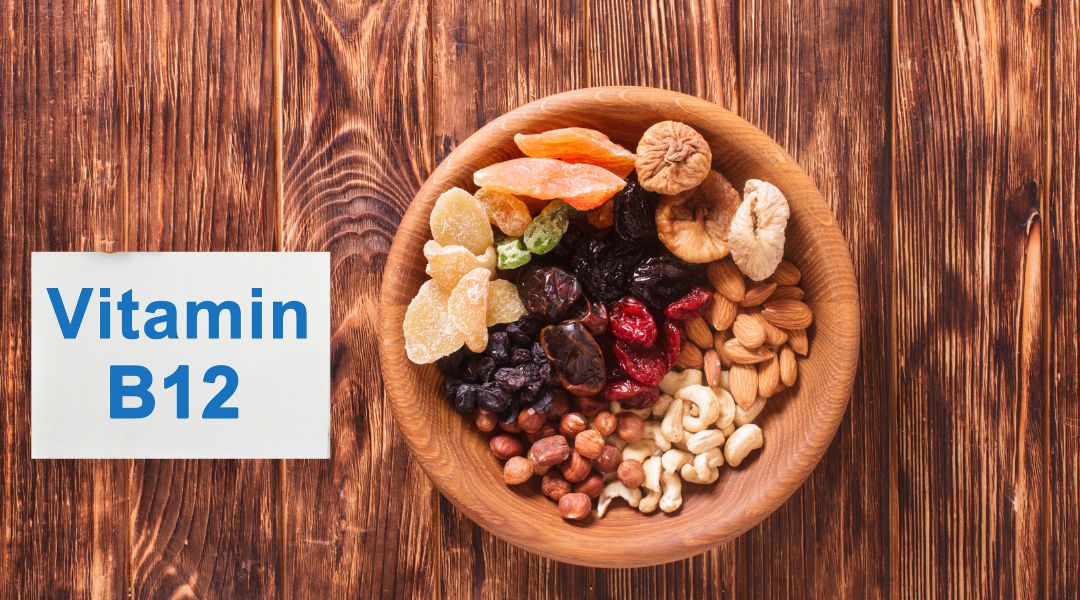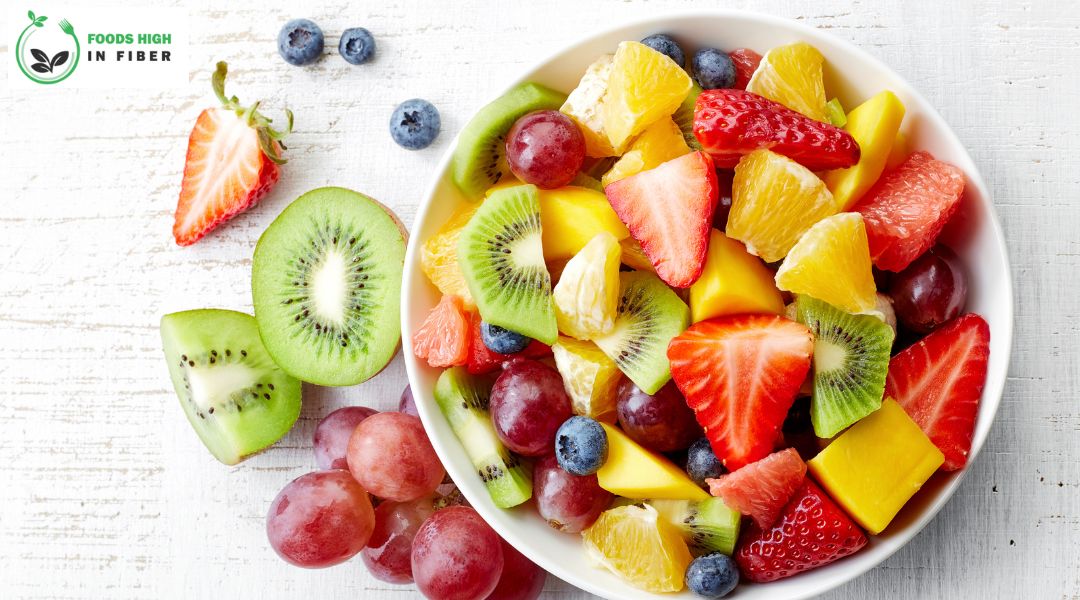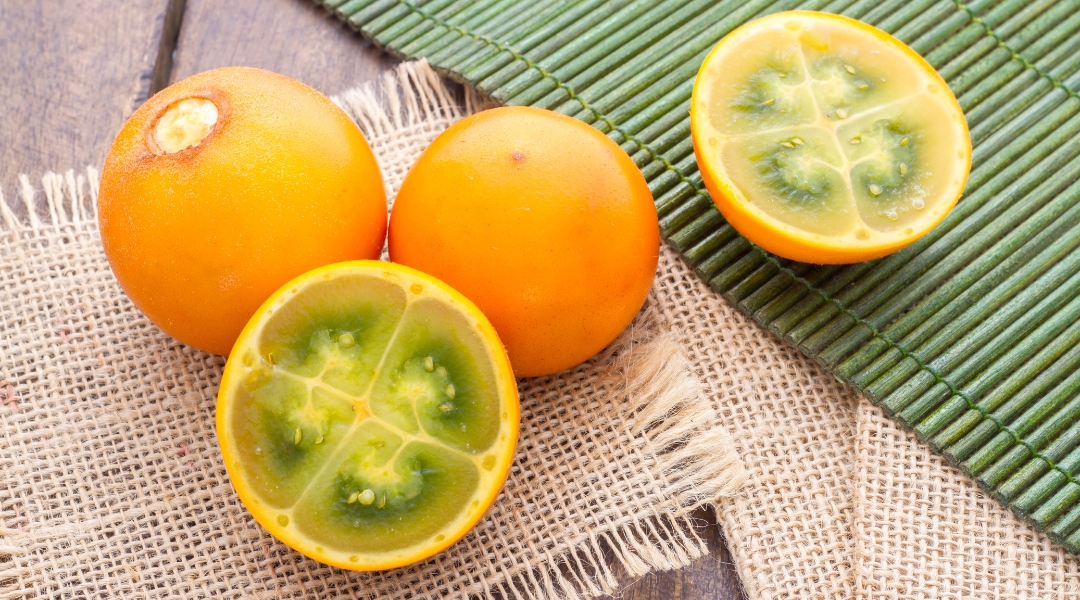What Are Purple Grapes?
Purple grapes are a grape cultivar known for their deep purple skin and sweet flavor. They belong to the Vitis vinifera species, commonly used in winemaking and table grapes. These grapes are famous worldwide and are often enjoyed as a delicious and healthy snack.
Physical Characteristics
Purple grapes have a round or slightly oval shape, and their size can vary depending on specific variety. Skin is typically deep purple but may range from bluish-black to reddish-purple hue. Underneath the skin, flesh is juicy and translucent, with seeds that vary in number and size, depending on cultivar.

Sweet Purple Grapes in 2023
Sweetness of purple grapes can vary depending on the specific variety and ripeness. Generally, they have high sugar content, making them enjoyable to eat fresh. Sweetness is balanced by a mild tartness, creating a delightful taste experience for grape enthusiasts.
What Do They Taste Like?
When it comes to taste, these are delightful combinations of sweetness and subtle tartness. You’ll experience a juicy, refreshing, and satisfying sweetness when you bite into a ripe purple grape. Natural sugars in grape give them delightful, well-balanced sweetness, making them favorite fruit for many.
You may notice mild tartness that contrasts pleasantly with overall sweetness as you chew. This tartness is not overwhelming but complements sweetness, creating a harmonious flavor profile. Skin of a grape may offer slight resistance before it releases its luscious juice, providing a delightful textural experience.
Taste of purple grapes can vary slightly depending on the specific variety and ripeness. Some grape cultivars may have more profound or intense flavours, while others may be milder. These are known for their delectable taste, making them perfect for snacking, adding to fruit salads, blending into smoothies, or even making jams and jellies.
Whether enjoyed fresh or used in various culinary creations, this taste will surely please your palate and leave you craving more of their juicy goodness.
How To Use Purple Grapes in 2023
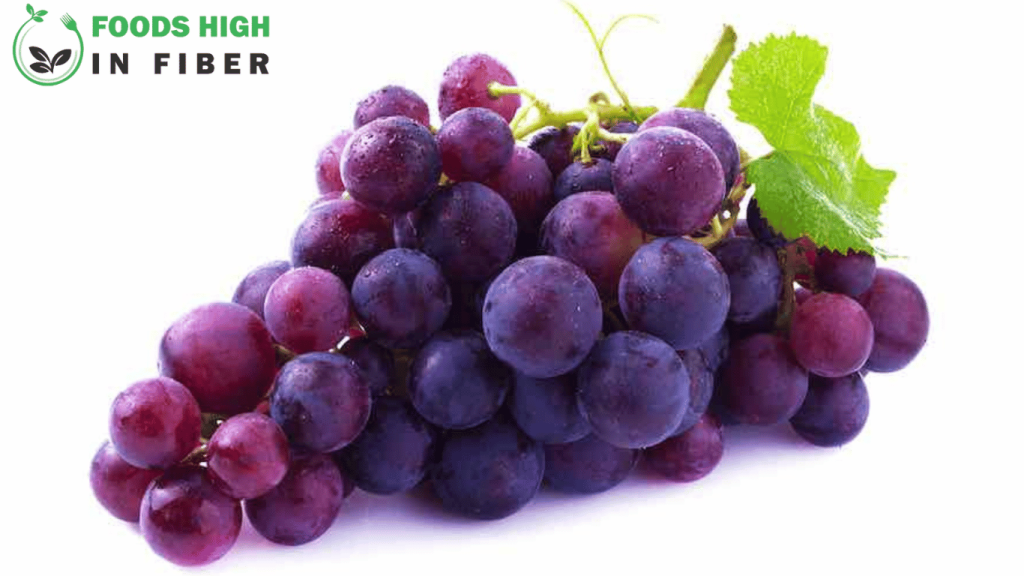
These are incredibly versatile and can be used in various culinary creations. Here are some popular ways to use purple grapes:
Fresh Snack: The simplest and most common way to enjoy this is to eat them fresh as a healthy and delicious snack. Just rinse them under cold water, remove any stems, and pop them into your mouth for natural sweetness.
Fruit Salads: Add sliced or halved purple grapes to fruit salads to enhance flavor and vibrant color. They pair well with other fruits like apples, berries, oranges, and kiwis.
Smoothies: These are great addition to smoothies, contributing their natural sweetness and boost of nutrients. Blend them with other fruits, yogurt, and splash of juice or milk for a refreshing and nutritious beverage.
Jams and Jellies: These are commonly used to make flavorful jams and jellies due to their high sugar content. Combine them with sugar and cook them down to spreadable consistency, perfect for toast or as a topping for desserts.
Wine: These are widely used in winemaking, especially for red wines. The skins of grapes give wine its rich color and distinctive flavor. Winemakers carefully ferment grapes to produce a wide range of red wine varieties.
Dried Grapes (Raisins): To make raisins, spread grape purple out on tray and leave them to dry in the sun or use a food dehydrator. The drying process concentrates natural sugars, resulting in sweet and chewy raisins, healthy and portable snack.
Grape Juice: You can easily make grape juice by squeezing fresh grapes and straining liquid to remove seeds or pulp. Grape juice is a refreshing beverage enjoyed by both children and adults.
Grilled or Roasted: Try grilling or roasting purple grapes for a unique twist. Heat caramelizes natural sugars, intensifying their sweetness and creating a delicious dessert topping or side dish for savory meals.
Toppings and Garnishes: Use it as a garnish for various dishes, including desserts, salads, cheese platters, and meat dishes. They add a touch of elegance and color to your culinary presentations.
Whether you’re looking for a healthy snack, flavorful addition to your dishes, or delightful sweet treats ingredient, this offers endless possibilities in the kitchen. Experiment with these versatile fruits to discover new and delicious ways to incorporate them into your meals and snacks.
Where To Get Purple Grapes

You can find purple grape at various locations, making them easily accessible for purchase. Here are some familiar places where you can get purple grapes:
Grocery Stores and Supermarkets: Purple grapes are commonly available in the produce section of grocery stores and supermarkets. They are often sold in bunches or individual containers. Look for fresh, plump grapes with vibrant purple skin.
Farmers’ Markets: Farmers’ markets are great places to find locally grown and fresh produce, including grape purple. Support local farmers while enjoying freshest and often organically grown grapes.
Specialty Stores: Some specialty stores or gourmet food shops may carry unique or rare grape varieties, allowing you to explore different flavors and tastes.
Online Retailers: Numerous online retailers offer a wide selection of fresh produce, including it. You can deliver them to your doorstep, which is incredibly convenient if you have difficulty accessing a physical store.
Fruit Stands: In certain regions, you might come across roadside fruit stands or local vendors selling fresh produce, including purple grapes, during the harvest season.
Wholesale Markets: If you need a large quantity of grapes, consider visiting wholesale markets or wholesale produce suppliers. These places cater to businesses, but individuals can also make purchases.
Community Supported Agriculture (CSA) Programs: Some CSA programs offer weekly or monthly boxes of fresh produce, which might include grape purple when they are in season.
Fruit Delivery Services: Several companies specialize in delivering fresh fruits and vegetables directly to consumers’ homes. Look for such services in your area, and they might offer purple grape as part of their seasonal offerings.
Seasonal Availability: It’s essential to consider season when looking for them. In the Northern Hemisphere, they are typically in season from late summer to early fall, generally from August to October. However, due to modern agricultural practices and global distribution, you can find grape purple in stores throughout the year. However, they might be more abundant and economical during their peak season.
Growing Your Purple Grapes
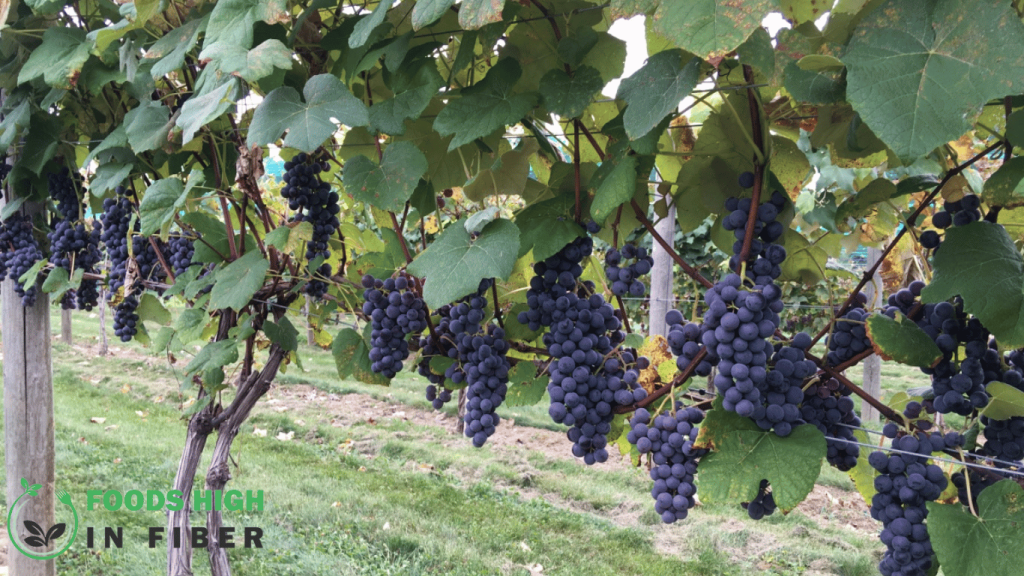
Growing your purple grape can be a rewarding and enjoyable experience. It allows you to have fresh, homegrown grapes right at your fingertips. Here are steps to help you get started with growing your purple grapes:
Choose the Right Variety: Select a variety well-suited to your climate and growing conditions. Some popular purple grape varieties include Concord, Red Globe, and Flame Seedless. Consider factors like grape flavor, size, and disease resistance when choosing.
Prepare the Soil: Grapes prefer well-draining soil with a slightly acidic to neutral pH level (around 6.0 to 7.0). Before planting, amend soil with organic matter like compost to improve its fertility and drainage. Avoid large clay soils that maintain too much water, as this can guide to root rot.
Planting: Plant grapevines in early spring or late fall when soil is workable. Space vines at least 6 to 8 feet apart to allow ample room for them to spread and grow. Dig deep enough to accommodate root ball of the vine and place it in hole, covering roots with soil and gently patting it down.
Provide Support: Grapes need support as they grow, as they are vines that naturally climb. Install a trellis, arbor, or wire system for vines to cling to and grow upwards. Ensure support structure is sturdy enough to bear weight of mature grapevines and fruit clusters.
Watering and Maintenance: Water grapevines regularly, especially during dry periods and when vines are establishing their root systems. Keep soil consistently moist but not soggy. Once verified, grapevines are relatively low-maintenance. Prune them during dormant season to remove dead wood and shape the vine for better airflow and sunlight exposure.
Protect from Pests and Diseases: Be vigilant about common grape pests like aphids, birds, and grapevine beetles. You can use natural methods like netting to protect fruit from birds and apply organic pest control solutions to manage insect infestations. Keep an eye out for signs of disease and address any issues promptly to prevent spread of infections.
Harvesting: Grapes will be ready for harvest in late summer to early fall, depending on variety and climate. Grapes should be fully colored and slightly soft to the touch when ripe. Gently snip grape clusters from vine, leaving a small stem attached to fruit.
Enjoying Your Homegrown Grapes: Now that you’ve successfully grown your purple grape, enjoy the fruits of your labor! Eat them fresh, make grape juice, create jams, or even try winemaking if you have an abundant harvest.
Growing purple grapes can be a fulfilling and educational experience, and with proper care and attention, you can savor a delectable taste of your homegrown grapes for years to come.
Purple Grape Fun Facts of 2023
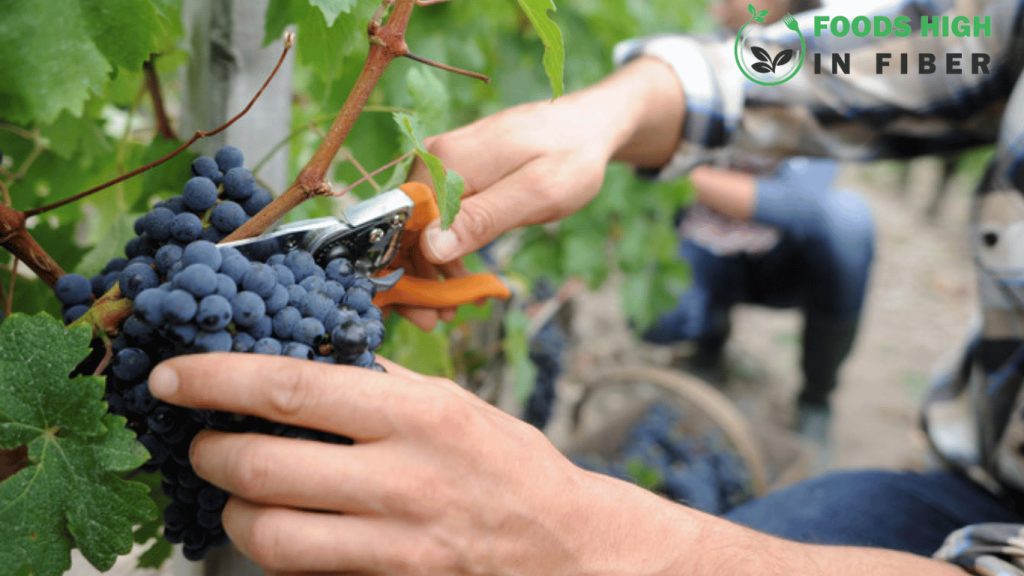
Anthocyanin Pigment: Pigment responsible for purple color in grapes is called anthocyanin. It is also found in other fruits and vegetables like blueberries and red cabbage. Anthocyanins are potent antioxidants that contribute to health benefits of its.
Ancient Cultivation: Grapes have been cultivated for thousands of years, with evidence of domestication dating back to ancient civilizations such as Egyptians, Greeks, and Romans. They hold cultural and historical significance in many societies.
Dried Grapes (Raisins) Discovery: Process of drying grapes to create raisins is believed to have been accidentally discovered when grapes were left out in the sun, and people observed their transformation into sweet and chewy fruits.
Vitis Vinifera: grape Purple belongs to species Vitis vinifera, most common and widely cultivated species for winemaking and table grapes worldwide.
Seed Variability: Number and size of seeds in purple grape can vary depending on specific variety. Some varieties are seedless, while others may have tiny, edible seeds.
Thousands of Varieties: There are thousands of grape varieties globally, each with unique flavors, colors, and uses. Some are famous for wine production, while others are preferred for eating fresh.
Health Benefits: Purple grapes are rich in antioxidants, vitamins, and minerals. These antioxidants, especially resveratrol, and flavonoids, have been associated with improved heart health and potential anti-inflammatory effects.
Wine Color Determination: The color of red wine is primarily influenced by grape’s skin rather than pulp. Different grape varieties and processing methods yield various red wine colors, from deep purple to ruby red.
Botanical Berry: Grapes are classified as botanical berries. Unlike common berries like strawberries or blueberries, a grape’s outer layer, or skin, is relatively thick, while fleshy part, or pulp, contains multiple seeds.
Grapevines and Longevity: Grapevines are known for their longevity. Some vineyards have grapevines producing fruit for over a century, with proper care and maintenance.
Versatile Uses: Besides being enjoyed fresh or used for winemaking, grapes have been used in various cultures for medicinal purposes and as a symbol of fertility and abundance.
Global Production: Grapes are grown on all continents except Antarctica. The leading grape-producing countries include China, Italy, Spain, and United States.
Seasons/Availability
These are typically in season during late summer and early fall, from August to October, in the Northern Hemisphere. During this time, you can find abundant fresh and flavorful purple grape in grocery stores, supermarkets, farmers’ markets, and fruit stands. Peak season may vary slightly depending on the specific grape variety and region’s climate. However, with advancements in agricultural practices and global distribution, you can often find purple grape available year-round in some areas, though they might be more abundant and economical during their seasonal peak.
Outside their peak season, grape purple can still be sourced from various sources, including international suppliers and greenhouse production. Additionally, dried passion fruit and other grape products, like grape juice and wine, are available throughout the year, offering different ways to enjoy goodness of grape purple even when fresh grapes are not in season.
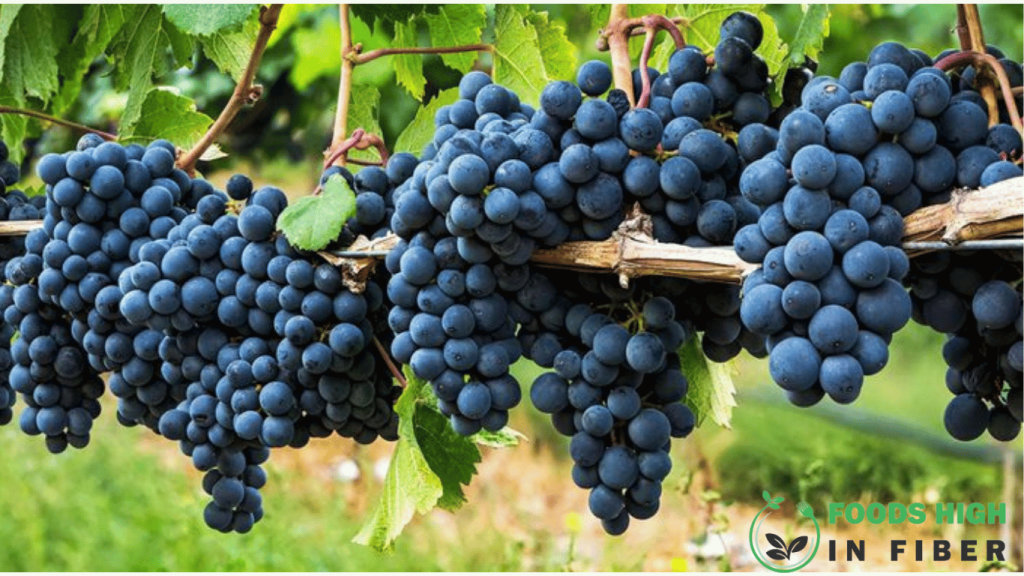
Conclusion
Purple grapes are delightful and healthy fruit, enjoyed for their sweet flavor and versatility. Whether eaten fresh, used in culinary creations, or grown in your garden, they provide a taste of nature’s bounty. Purple grapes are a favorite choice for consumers worldwide with their rich color, nutritional benefits, and ease of availability. So, next time you encounter these luscious fruits, savor their sweetness and remember rich history and joy they bring to our lives.



